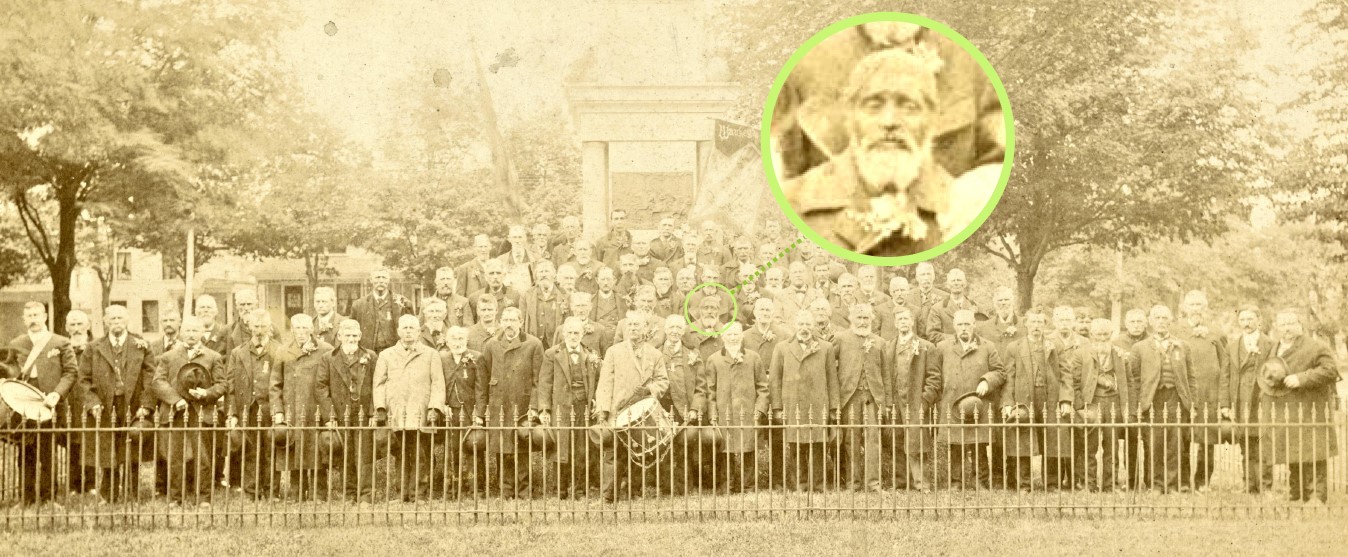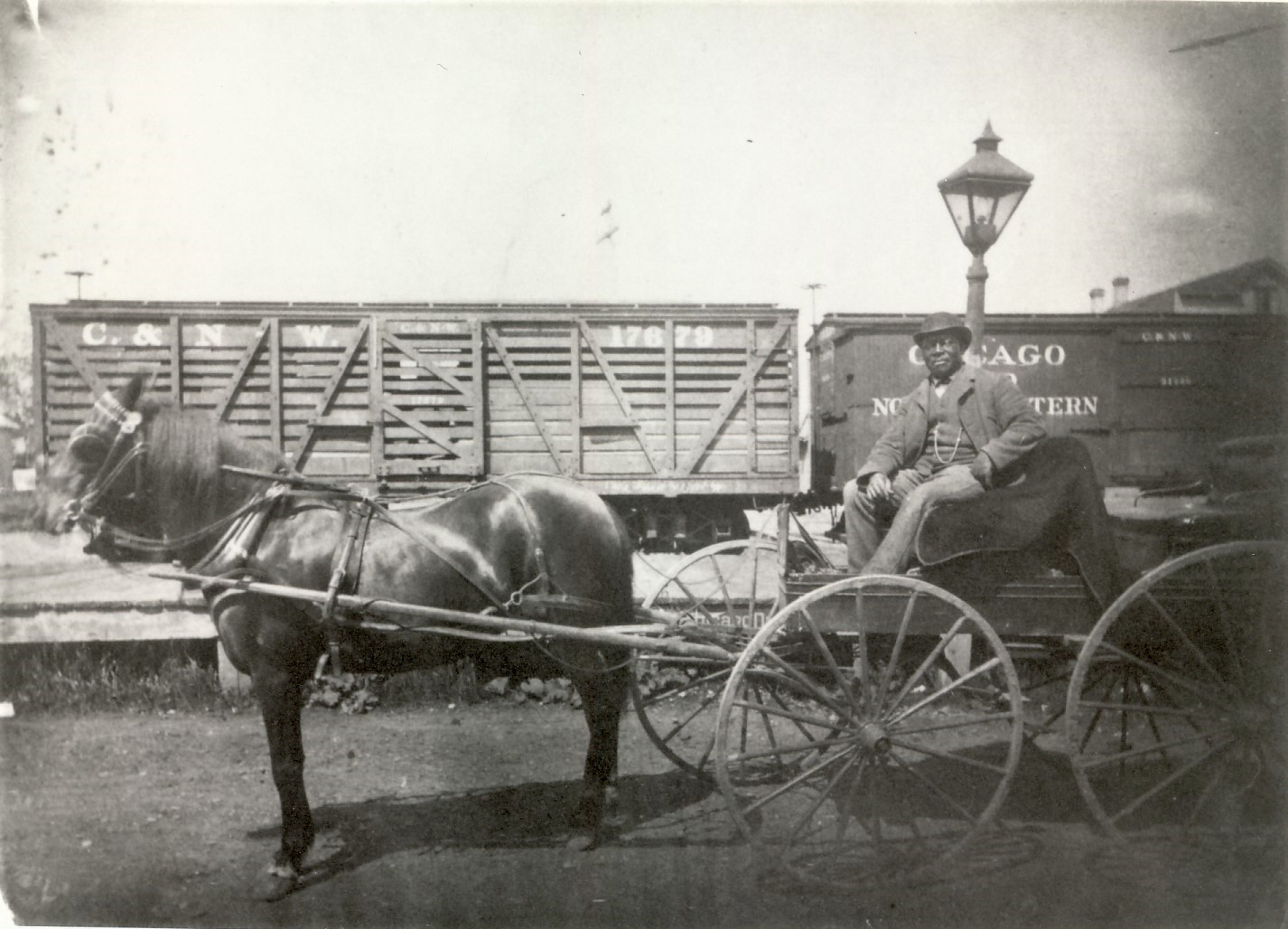Since the 1980 census, the population of Lake Forest residents identifying as African American has hovered around 1%. These numbers, along with conventional wisdom equating Lake Forest with white suburban affluence, have combined to obscure the community’s origins.
Incorporated in 1861, Lake Forest began at an historical inflection point for Black Americans. Several of the town’s most influential founders, like Sylvester Lind, Gilbert Rossiter, and Rev. William C. Dickinson, held antislavery beliefs, and translated those beliefs into tangible action by supporting formerly enslaved people who had made the arduous journey from the South as they began the process of building new lives. The institutions at the heart of the community followed suit – First Presbyterian Church offered spiritual and financial support, and Lake Forest Academy and Lake Forest College began matriculating Black students by the early 1900s.
Because Lake Forest itself was brand-new, and because its founding tenets emphasized the value of education and property ownership, here African Americans forged the space to grasp those opportunities from the outset. Early Black residents like the McIntoshes from Kentucky, the Dents and the Marshalls from Alabama, and the Hayes family from Mississippi owned land, started businesses, established churches, sent their children to integrated public school, and became pillars of the community.
These African American pioneers built Lake Forest, and they built a legacy to be passed down through the generations.


